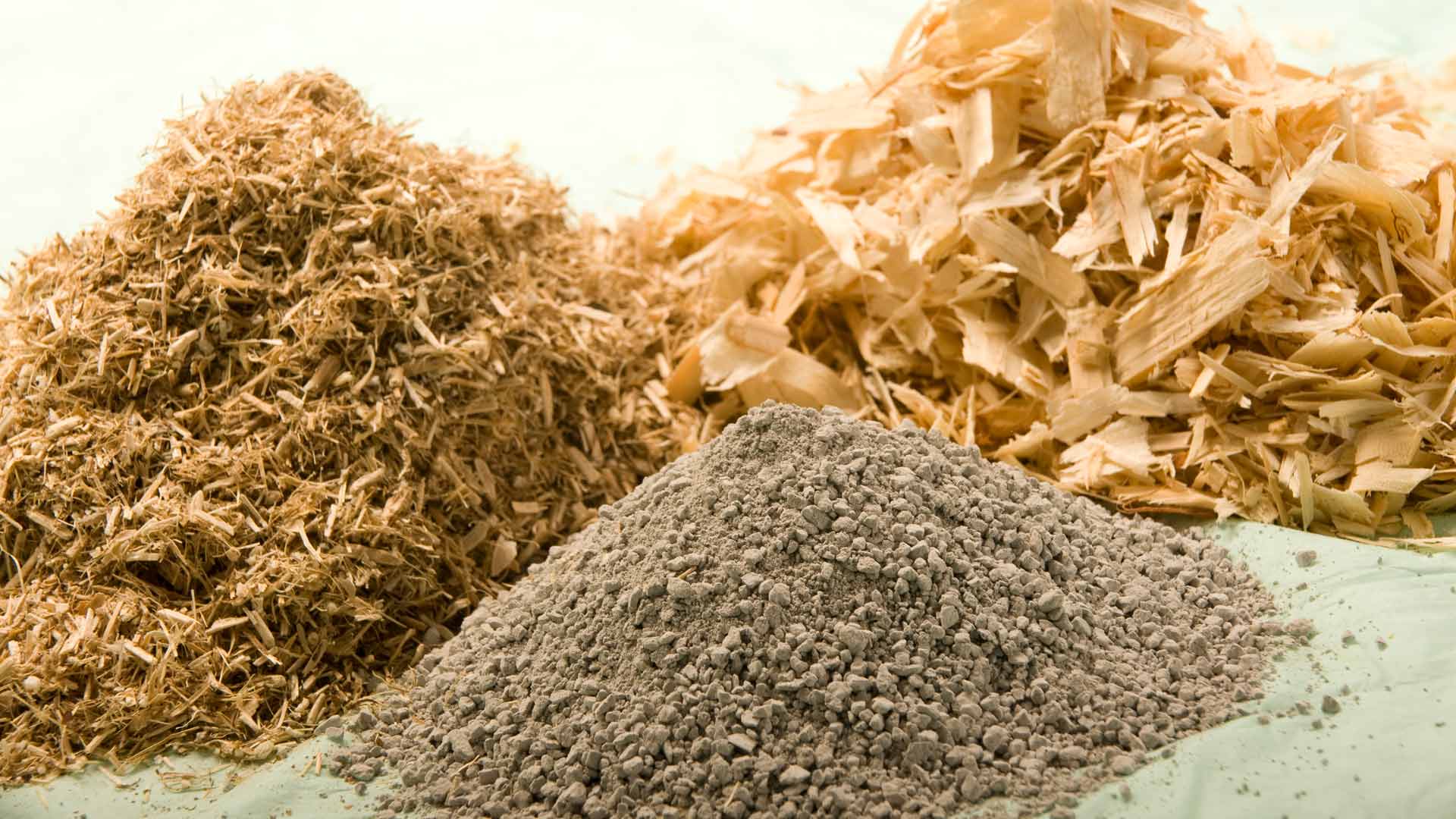Could a bed of tamarack and soybean straw promote a restful night sleep? Yes, if you’re a dairy cow.
A recent AURI study analyzed compost packs of wood and ag biomass for dairy barn bedding. Conducted at the University of Minnesota, the study tested materials that looked most promising from a 2006 AURI review of potential ag products for livestock bedding.
University of Minnesota researcher Tom Halbach says there are environmental concerns over manure disposal from dairy barns. But bedding packs, designed to compost over time, can maintain manure inside a barn and promote animal health and comfort.
“The longer the cow is around, the more money it is to the farmer,” Halbach says. Compared to concrete floors, “bedding packs decrease lameness from injury to legs and hooves.”
After the packs are cleared from a dairy barn, they are typically spread over cropland as fertilizer.
Funded in part by Minnesota Corn Growers and Minnesota Soybean Growers associations, the study looked at the cost, availability, particle composition and dust created by each of the materials tested. Norway, southern yellow, jack and white pine, tamarack, ash, soybean straw, corn cobs, poplar and anaerobically-digested manure solids were tested.
Halbach, a professor in the U of M soil, water and climate department, says some materials may be more effective in blends. So researchers also examined four mixes: tamarack with white and Norway pine, wheat and soybean straw, a corn cobs and soybean straw mix, and poplar with digested manure solids that some dairies produce. All of the materials performed well, except digested manure solids that “were simply too wet to work in this application,”
Halbach says.
“Tamarack wood was of particular interest,” as the Minnesota Department of Natural Resources identifies it as an underutilized wood species, Halbach says. “This study found that it performs as well as current wood products, with a 5 to 15 percent cost savings.”
Researchers looked at the physical characteristics of various materials and mixes including moisture content, particle size, water-holding capacity, bulk density and chemical composition of carbon, nitrogen, pH, potassium, phosphorus, ash and soluble salts. The carbon to nitrogen ratio affects the pack’s compost rate, and its water-holding capacity helps the bedding pack hold its shape and perform properly, Doering says.
Particle size is also important. While finer particles hold more moisture, they also create more dust, causing health problems for animals and farmers, Halbach says. “The key is to find a correct particle size and also work with a combination of sizes and shapes,” as a mixture performs better than uniform particles.
A spreadsheet, created from research results, lists the characteristics and costs of various ag and wood bedding materials. “It’s a nice tool for farmers to compare what they want to use, including cost and performance,” says Jen Wagner-Lahr, AURI innovation director. Follow-up tests were conducted on four different farms using various mixes to collect performance data, which are also included in the report.
While the study looked at “value-added opportunities for wood and agricultural products, it was also based on economics,” Doering says. A compost bedding pack’s cost depends on the raw materials used, so the study tested widely-available, low-cost materials with good performance. Halbach says he hopes this research will save money in the dairy industry.
For more information on the study, visit AURI’s web site, www.auri.org
AURI and Dairy Bedding
AURI scientist Al Doering assisted a U of M study of compost bedding packs, made from various ag and wood fibers, for dairy barns.
Idea to opportunity: Design a bedding that is not only better for animal health and comfort than concrete floors, but is also an eco-friendly way to dispose of manure as a soil amendment.
Outcomes: A report and spreadsheet for farmers that lists the characteristics and costs of various bedding materials.
Funding partners: Minnesota Corn Growers Association and Minnesota Soybean Growers Association.
